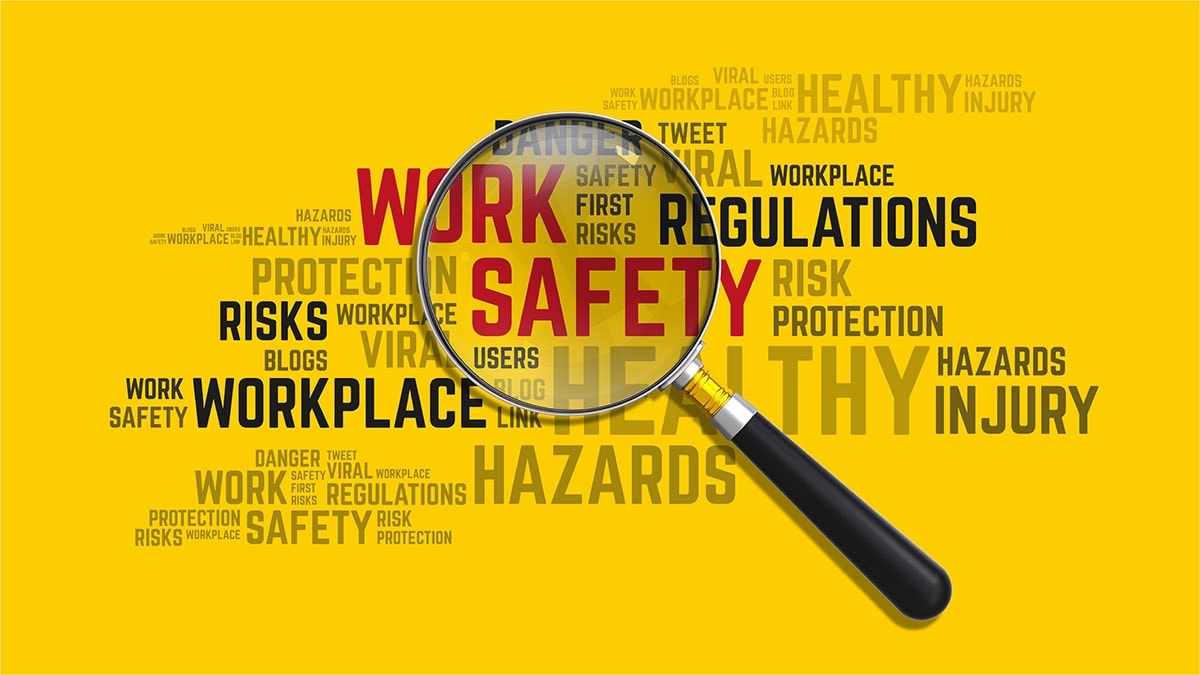What to know
- Work practices emergency responders should follow when illicit drugs are known or suspected to be present.
- How to help someone who has overdosed

Standard Safe Operating Procedures
Responders should follow their department's established work practices and these recommendations when illicit drugs are known or suspected to be present.
- When arriving at a scene, responders should:
- Do not eat, drink, smoke, or use the bathroom while working in an area with known or suspected illicit drugs.
- Do not touch the eyes, mouth, or nose after touching any potentially contaminated surface. Always wear nitrile gloves when illicit drugs may be present.
- Avoid performing tasks or operations that may cause illicit drugs to enter the air. Only trained emergency responders wearing proper PPE should conduct activities that could cause illicit drugs to enter the air.
- Avoid direct skin contact with illicit drugs. If this occurs, immediately wash the area with soap and water and notify dispatch and/or your supervisor.
- Develop an incident-specific plan to perform field-testing. Personnel specifically trained to perform field-testing should do so while wearing proper PPE.
- Wash hands (or other unprotected skin) with soap and water immediately after coming into contact with illicit drugs or after leaving an area where illicit drugs may have been present. Avoid breaking the skin while cleaning and cover all open wounds.
- Do not use hand sanitizer (or any alcohol based cleaner) or bleach
- Be aware that the use of illicit drugs in bathrooms is reportedly a common practice. Individuals might hide or try to get rid of illicit substances by dumping them into the toilet and flushing repeatedly. This process can increase the chances of responders inhaling harmful substances. This process may also cause bathroom surfaces and materials to be unsafe.
Naloxone Use in a Suspected Overdose
To help someone who has overdosed:
- Ensure Emergency Medical Services have been requested.
- Assess the scene and ensure it is safe to enter.
- Recognize the signs and symptoms of an overdose.
- Administer naloxone. A second dose may be needed if the person is still unresponsive after 2-3 minutes. Naloxone effects are temporary. Immediate definitive professional medical attention is needed.
- Start other first aid such as rescue breathing or CPR if trained to do so.
Naloxone will not reverse overdoses from other drugs, such as alcohol, benzodiazepines, cocaine, cannabinoids, or amphetamines. In addition, recent scientific literature has suggested that toxic effects of fentanyl and its analogues may include compromised breathing. This is due to mechanisms not reversible by naloxone alone. Immediate definitive medical attention is needed for every suspected drug overdose situation.
